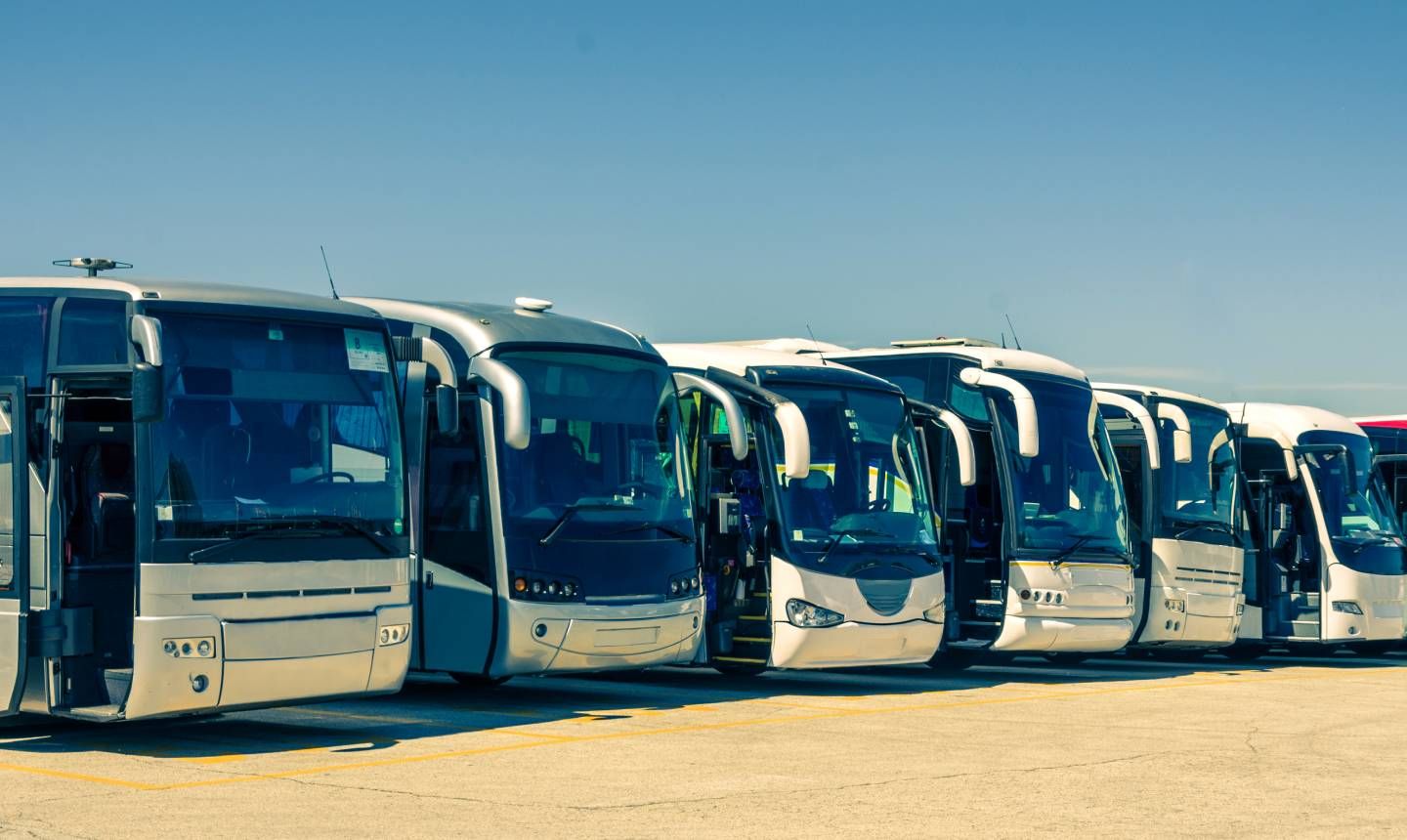
Regional Transit Services in Canada
Public transit plays a crucial role in shaping sustainable urban development across Canada. Regional transit authorities facilitate efficient mobility within cities, connecting residential areas with employment hubs and essential services. By providing viable alternatives to private vehicle use, public transit mitigates traffic congestion and reduces carbon emissions, aligning with Canada’s climate action goals. This comprehensive overview explores the nation’s regional transit landscape, highlighting key services, initiatives, and the multifaceted impact of these systems.
Overview of Transit Services in Canada
Canada’s public transit landscape is diverse, with various regional authorities operating an extensive array of services. Consider these facts:
- Canadian transit systems collectively facilitated over 1.8 billion passenger trips annually. Meanwhile, the online gambling sector in Canada has also seen significant growth, with the market projected to reach over $4 billion in revenue. It reflects the increasing demand for digital entertainment platforms and public transit business.
- This is supported by an expansive network of bus routes, light rail, subways, and other transportation modes.
- The nation’s transit ridership continues to grow, with an increase of nearly 4% compared to the previous year.
- This growth is driven by the increasing popularity of public transit, particularly in major urban centers, where it has become an essential component of daily commutes for millions of Canadians.
Beyond enabling urban mobility, transit services play a vital role in supporting Canada’s economy and environmental sustainability goals:
- Transit systems facilitate workforce commutes, ensuring the efficient movement of labor to employment hubs.
- They contribute to the transportation of goods and services across supply chains, supporting economic growth.
- By providing an alternative to private vehicle use, transit helps reduce reliance on fossil fuels and mitigate greenhouse gas emissions.
- Recent studies estimate that Canadian transit systems prevent the release of over 2.4 million metric tons of carbon dioxide annually, equivalent to taking approximately 515,000 cars off the road.
With growing concerns about climate change and the need for sustainable urban development, the importance of robust and efficient public transit systems cannot be overstated. Canadian cities and regions are increasingly recognizing the multifaceted benefits of investing in and expanding their transit services to meet the evolving needs of their communities.
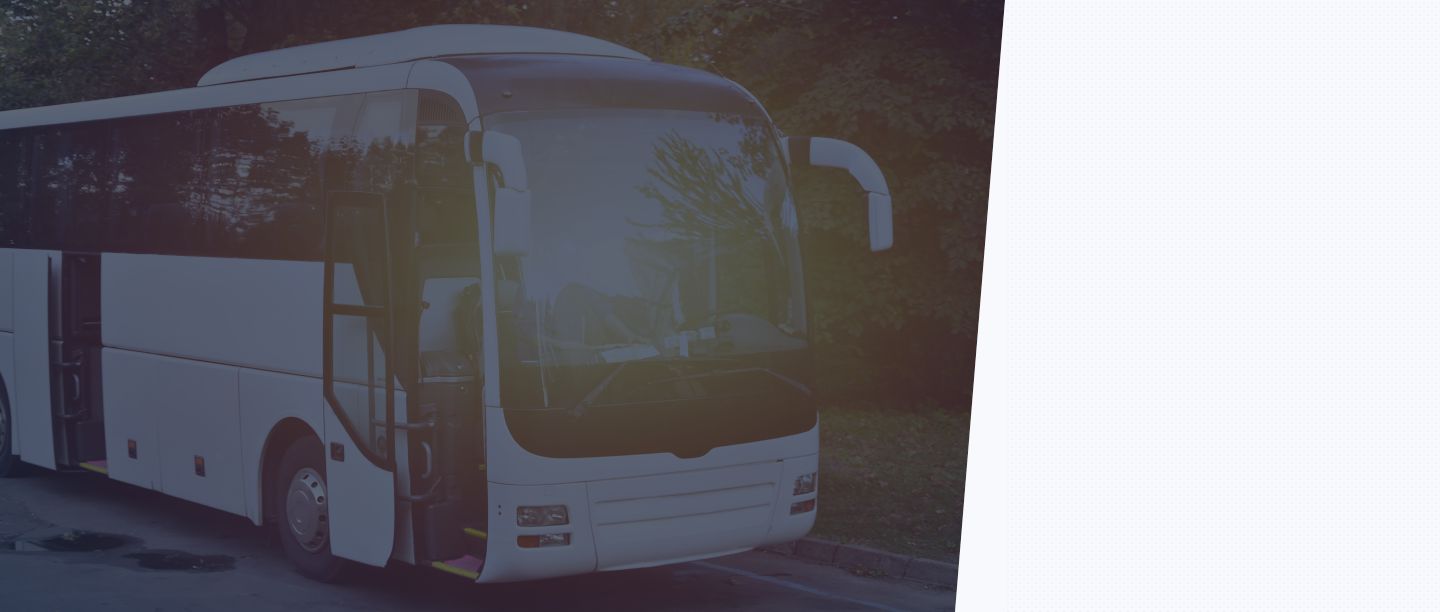
Challenges Facing Canadian Transit Systems
While the benefits of public transit are undeniable, Canadian transit authorities face several challenges in delivering efficient and reliable services. Funding and infrastructure maintenance remain ongoing concerns, with growing urban populations and aging infrastructure straining existing resources. Furthermore, technological advancements such as electronic fare systems and real-time tracking necessitate continuous upgrades to keep pace with evolving user expectations.
The COVID-19 pandemic posed unprecedented challenges, with ridership plummeting during lockdowns and operational adjustments to ensure passenger safety. As cities gradually recover, transit authorities must adapt to shifting commuter patterns and rebuild public confidence in the safety of their services.
Regional Transit Services in Canada
Toronto Transit Commission (TTC) – Toronto, Ontario
The Toronto Transit Commission (TTC) stands as Canada’s largest transit operator, serving the dynamic Greater Toronto Area. With an extensive network of 191 bus routes, 3 subway lines, and 11 streetcar routes, the TTC facilitates over 2.4 million weekday trips. Recent expansion projects, such as the Eglinton Crosstown LRT, aim to enhance connectivity and meet the growing demand for public transit in Toronto.
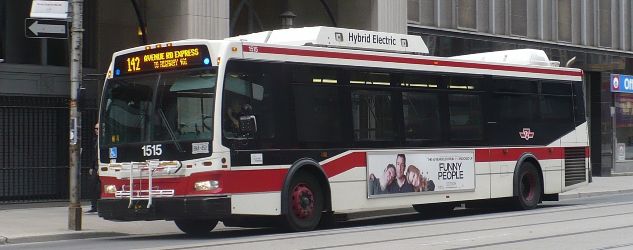
TransLink – Metro Vancouver, British Columbia
TransLink is the integrated multimodal transportation authority for Metro Vancouver, overseeing the region’s public transit, major roads, and bridges. Its services encompass SkyTrain rapid transit, buses, the SeaBus ferry, and the West Coast Express commuter rail. TransLink’s strategic initiatives, outlined in its Transport 2050 plan, prioritize sustainability, accessibility, and the expansion of transit infrastructure to accommodate the region’s burgeoning population.
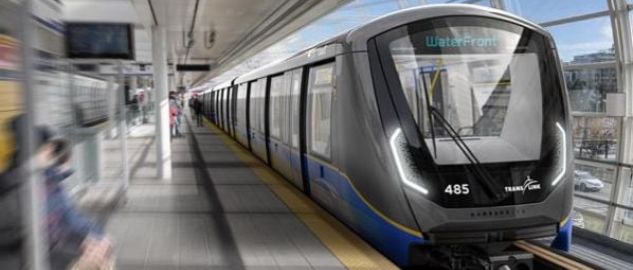
Société de transport de Montréal (STM) – Montreal, Quebec
The Société de transport de Montréal (STM) has provided public transit services to the Montreal region since 1861. Today, the STM operates an extensive network of buses and 4 metro lines, serving over 1.7 million weekday passengers. Upcoming projects focus on modernizing infrastructure, enhancing accessibility, and improving service frequency to meet the evolving needs of Montreal’s vibrant communities.
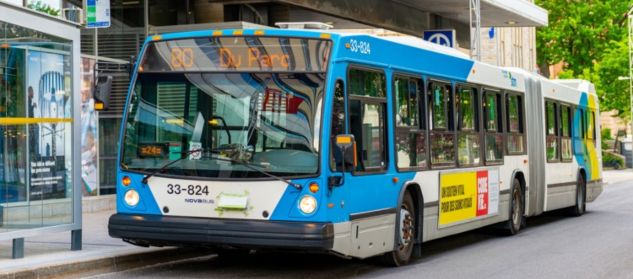
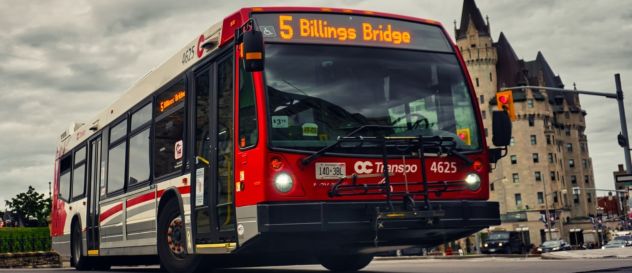
OC Transpo – Ottawa, Ontario
OC Transpo is the public transit service provider for Ottawa, offering a multimodal network that includes buses, the O-Train light rail system, and the Transitway bus rapid transit corridors. With a focus on community engagement, OC Transpo collaborates with neighbouring municipalities to ensure seamless regional connectivity and address the diverse mobility needs of Ottawa’s residents.
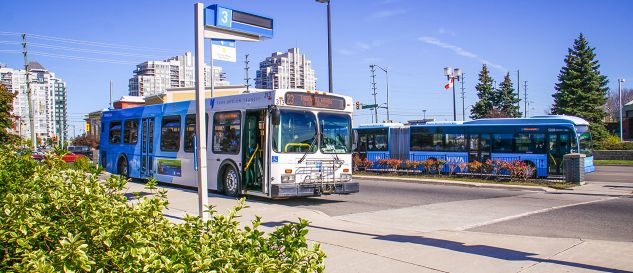
York Region Transit (YRT) – York Region, Ontario
York Region Transit (YRT) operates bus and rapid transit services throughout York Region, north of Toronto. In addition to its local routes, YRT partners with neighbouring transit systems, including the Toronto Transit Commission, to facilitate cross-boundary commutes. This regional collaboration helps address the unique challenges of providing efficient transit services in suburban and semi-rural areas.
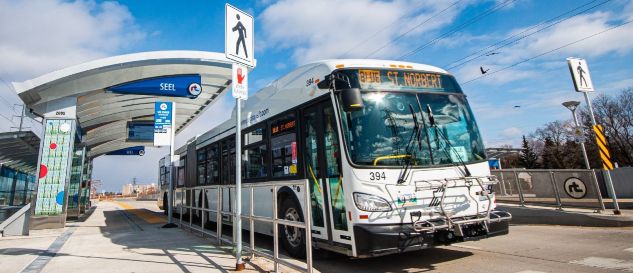
Winnipeg Transit – Winnipeg, Manitoba
Winnipeg Transit has a rich history dating back to 1882, making it one of Canada’s oldest public transit systems. Today, it operates an extensive bus network with over 170,000 weekday riders. Winnipeg’s unique geographical and climatic conditions pose challenges for transit operations, necessitating specialized strategies and infrastructure to ensure reliable service throughout the year.

Additional Regional Services
Many smaller cities and regions in Canada are expanding their transit systems to better connect local communities and support growth. These services help people travel between suburban or rural areas and city centers, offering reliable transportation options.

Edmonton Transit Service (ETS)
Edmonton Transit Service (ETS) is the public transportation agency serving the Edmonton Metropolitan Area. As of 2023, ETS operates over 200 bus routes and a light rail transit (LRT) system, serving approximately 87 million riders annually.
ETS services include:
- Edmonton Bus Services: An extensive network of over 200 regular and express bus routes covering the city, with approximately 7,000 bus stops.
- Edmonton LRT: The LRT system consists of two lines – the Capital Line and the Metro Line – spanning 24.3 km and serving 18 stations. A third line, the Valley Line, is under construction.
- On Demand Transit: A flexible service for select neighborhoods, offering personalized transit options to approximately 30,000 residents.
- Ability Transit: Including the Dedicated Accessible Transit Service (DATS) for those unable to use regular transit, serving around 10,000 registered clients.
ETS Trip Planner and Digital Services
ETS offers a range of digital tools to enhance the rider experience:
- ETS Trip Planner: An online tool used by over 500,000 unique visitors monthly to plan their journeys efficiently.
- Real-time bus tracking: Provides up-to-date information on bus locations and arrival times for all routes.
- Mobile apps: Offer convenient access to schedules, route information, and service updates, with over 100,000 active users.
Edmonton LRT System
The Edmonton Light Rail Transit (LRT) system is a crucial component of the city’s public transit infrastructure:
| LRT Line | Distance | Stations | Route |
|---|---|---|---|
| Capital Line | 21 km | 15 stations | Clareview (Northeast) to Century Park (South) |
| Metro Line | 3.3 km | 3 additional stations | NAIT/Blatchford Market to Health Sciences/Jubilee |
| Valley Line | 13 km | 12 new stations (Under Construction) | Mill Woods to Downtown |
An updated Edmonton LRT map and LRT schedule Edmonton are available on the ETS website, detailing current routes and planned expansions, including the future 27 km Valley Line.
Bus Routes Edmonton
ETS operates a comprehensive network of bus routes, including:
- Local routes: Serving neighborhoods and connecting to transit centers
- Rapid routes: Express services connecting major destinations
- Metro bus: High-frequency services on major corridors
- School specials: Routes designed for students
Employment Opportunities
ETS and the City of Edmonton offer various transit jobs and city of Edmonton jobs in the transit sector. As of 2023, ETS employs over 2,500 people, including bus operators, LRT operators, maintenance staff, and administrative roles.
Edmonton Transit News
ETS regularly communicates service changes, expansion plans, and other initiatives. Recent Edmonton transit news has included:
- The implementation of the Arc card payment system, with over 250,000 cards issued
- Ongoing LRT expansion projects, including the Valley Line construction
- Introduction of electric buses, with a plan to have 50 in service by 2024
Calgary Transit
As the transit authority for Calgary, Alberta, Calgary Transit provides bus and light rail services to the city and surrounding areas. Notable projects are underway to enhance regional connectivity and sustainable mobility options, aligning with Calgary’s urban development goals.
Other Regional Services
Smaller regions across Canada are also witnessing the development of new transit services and infrastructure projects. These initiatives aim to meet the evolving needs of their communities, contributing to a more sustainable and connected nation. Examples include:
- Expansion of bus rapid transit systems in mid-sized cities
- Implementation of on-demand transit services in rural areas
- Pilot projects for electric and hydrogen-powered buses in various municipalities
